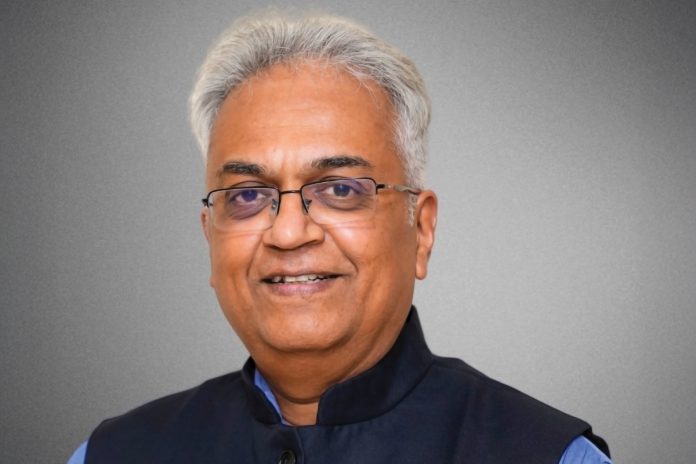Ravichandran Venkataraman- Board Member – Educationist – Social Enterprise Leader
In times of tumult, businesses must remain agile, while staying true to their purpose, mission, and values
Words by Karan Karayi
Looking back at the learnings from your professional journey, what lessons from it can businesses apply today as they face market uncertainty and constant change?
I was the Global Head of the GCC of HP and the company was going through one of its roughest patches that time. Everything was changing – from the CEO to all the teams and business units. One of the key lessons from my professional journey is the value of adaptability anchored in core purpose. In times of uncertainty, businesses must remain agile—willing to pivot strategies, embrace technology and explore new models—while staying rooted in their mission and values. I’ve seen how organizations that continuously invest in learning, build resilient teams and maintain a customer-centric approach are better equipped to navigate volatility.
Another lesson is the importance of scenario planning—anticipating multiple outcomes rather than betting on a single trajectory. Lastly, effective communication with stakeholders during change fosters trust and alignment. In today’s dynamic global landscape, it’s not about predicting the future perfectly, but about building the capability to respond intelligently to it.

With rapid technological shifts and evolving customer expectations, what are the top challenges you see businesses struggling with today—and how can they stay ahead of the curve?
Businesses struggle to distinguish between adopting technology for efficiency versus true transformation. Additionally, legacy mindsets and rigid structures often slow down innovation. Technological shifts actually change business models and is not just about being efficient. To stay ahead, companies must build a culture of agility—where experimentation is encouraged, data drives decisions and customer feedback loops are continuous. Leaders must lead with a wide-angle lens and invest in upskilling and design thinking. Most importantly, businesses must see technology not as a standalone solution but as a strategic enabler of deeper value—that help change business models and radically shift our thinking.
Staying ahead isn’t about racing for the newest tool—it’s about thoughtfully applying innovation to create lasting relevance. Policybazaar.com is a classic example where technology collapsed the front-office, mid-office and back-office to one office and changed the Insurance Industry’s Business Model totally.

In times of global disruption, what role does self-awareness play in shaping resilient leadership—and why should it be a priority for today’s business leaders?
Self-awareness is the foundation of resilient leadership. In times of global disruption, leaders are under pressure to make swift decisions amid ambiguity. Those who are self-aware understand their triggers, biases and blind spots, enabling them to respond with clarity and empathy rather than react impulsively. It fosters emotional intelligence—key to managing teams with empathy, sustaining morale and building trust. Self-aware leaders are also more open to feedback, more willing to adapt and better at empowering others. In a volatile environment, resilience isn’t just about bouncing back—it’s about evolving. When leaders lead from a place of self-knowledge and authenticity, they inspire confidence and stability. That’s why self-awareness should no longer be viewed as a soft skill, but as a strategic asset for today’s leadership.
You speak often about “everyday leadership.” How can organizations embed this mindset across teams to build a more empowered, innovation-driven culture?
“Everyday leadership” is about enabling individuals at all levels to take initiative, make decisions and influence outcomes without waiting for formal authority. To embed this mindset, organizations must first create psychological safety—where people feel safe to speak up, experiment and fail fast.
Leaders must model humility and inclusion, showing that leadership is a shared responsibility, not a title. Embedding ownership in daily roles, recognizing small wins and aligning individual purpose with organizational goals further nurtures this culture. When people feel trusted and valued, they contribute more creatively and consistently. Over time, everyday leadership becomes a multiplier—driving innovation, accountability and agility across the organization.


